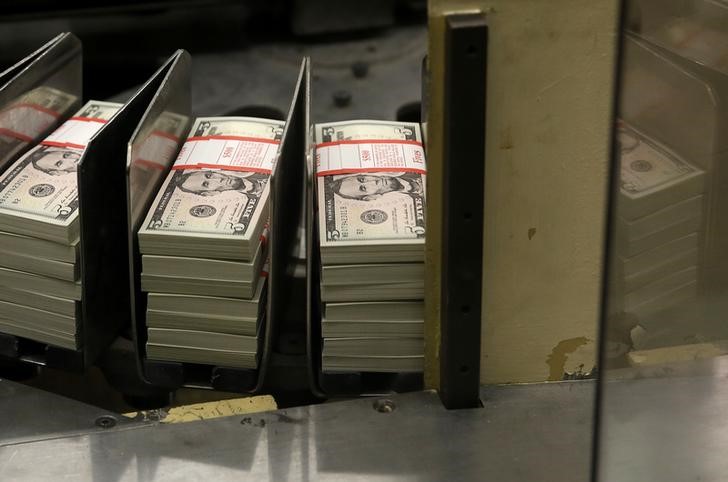Bullish indicating open at $55-$60, IPO prices at $37
Corporate treasurers are intensifying their efforts to protect company earnings from the possibility of a prolonged period of U.S. dollar strength, which some analysts attribute to President Donald Trump’s tariff policies, Reuetrs reported.
The U.S. dollar index, which measures the currency against a basket of others, has risen about 7% from its September lows and is near a two-year peak reached in January. This increase is partly due to investor expectations that the U.S. economy will continue to perform robustly and that Trump’s trade policies will favor a stronger dollar.
Speculative investors have significantly increased their bullish positions on the dollar, with net long dollar bets reaching $35 billion, a level not seen in nearly nine years. Corporate treasurers are responding to these market movements by enhancing their hedging programs, which typically include forward contracts, currency options, and swaps to mitigate potential losses from currency fluctuations. Paula Comings, head of foreign-exchange sales at U.S. Bank, noted that treasurers are planning for the dollar’s persistence at high levels and are acting more quickly than usual to adjust their hedging strategies.
Large multinational companies, including Apple (NASDAQ:AAPL) and Microsoft (NASDAQ:MSFT), have already indicated that the strong dollar could negatively impact their financial results in the upcoming months. The urgency to hedge against further dollar appreciation gained momentum in the lead-up to the November U.S. election, with anticipation of Trump’s potential victory prompting action. Eric Huttman, CEO of MillTechFX, mentioned that research showed North American firms with market caps under $100 million were acutely aware of the risks associated with a strong dollar post-election.
The foreign exchange markets have been particularly sensitive to volatility this week, as the prospect of U.S. tariffs against Mexico, Canada, and China has led to a rally in the dollar and a spike in volatility. Kyle Chapman, an FX market analyst at Ballinger Group in London, pointed out the increased hedging activity across various industries due to the heightened volatility and uncertainty since Trump’s election. He also emphasized that foreign exchange is being influenced by headlines that are widely recognized, even outside financial circles.
The implications of a strong dollar are multifaceted, with adverse effects for companies that need to convert foreign profits into dollars and for the competitiveness of U.S. exports. Apple has warned that the stronger dollar could reduce its current-quarter revenue by 2.5 percentage points year over year. Similarly, Johnson & Johnson (NYSE:JNJ) cited that unfavorable currency movements could decrease its 2024 sales by $1.7 billion, or 2%, and Microsoft has indicated that its third-quarter revenue growth could be impacted by 2 percentage points due to the dollar’s strength.
Smaller companies, which generally have less sophisticated foreign exchange operations and limited hedging budgets, are particularly challenged by the strong dollar. They are being compelled to manage foreign exchange risks more cautiously and develop effective hedging strategies to adapt to the new economic environment.
Amol Dhargalkar, managing partner at Chatham Financial, observed that large companies have been proactive in revising their hedging programs in response to concerns about dollar strength, and it is now increasingly common to see smaller companies taking similar steps.
Analysts caution, however, that an escalation in trade tensions could complicate these hedging efforts. A full-scale trade war could make it difficult for companies to forecast business activity and implement effective hedges. Karl Schamotta, chief market strategist with payments company Corpay in Toronto, highlighted the complex challenges businesses face, such as potential realignment of supply chains and reduced customer revenues in international markets, which are not simply addressed by increasing hedging volume.
This article was generated with the support of AI and reviewed by an editor. For more information see our T&C.
